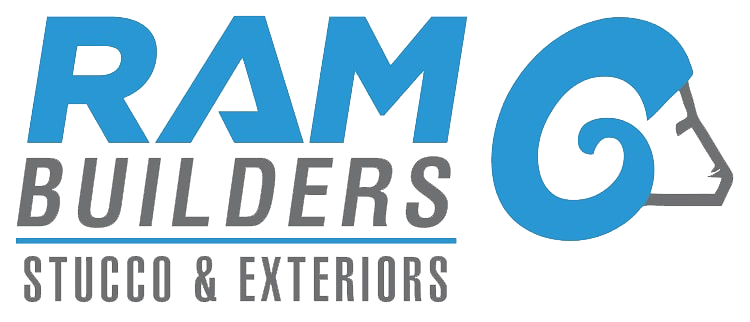Roof leaks are frustrating, and the often can be costly repairs. Sometimes, they’re obvious, such as seeing water spots on the ceiling, but other times it may be trickier to notice a leak. Plus, even if you notice the damage, finding out where the leak is coming from is another mess of its own. Here […]






